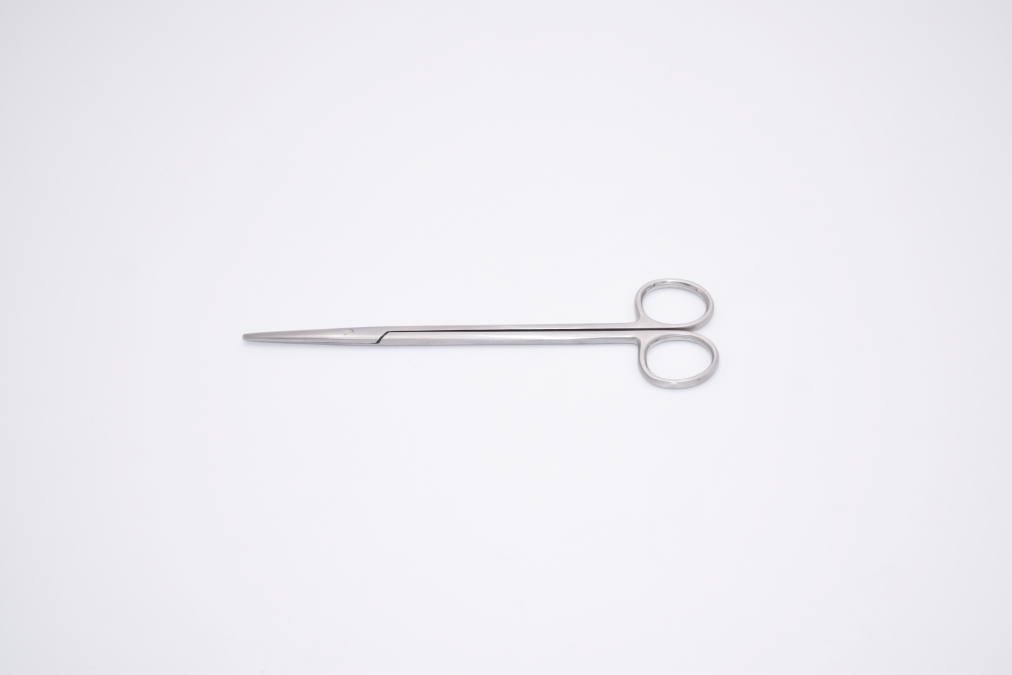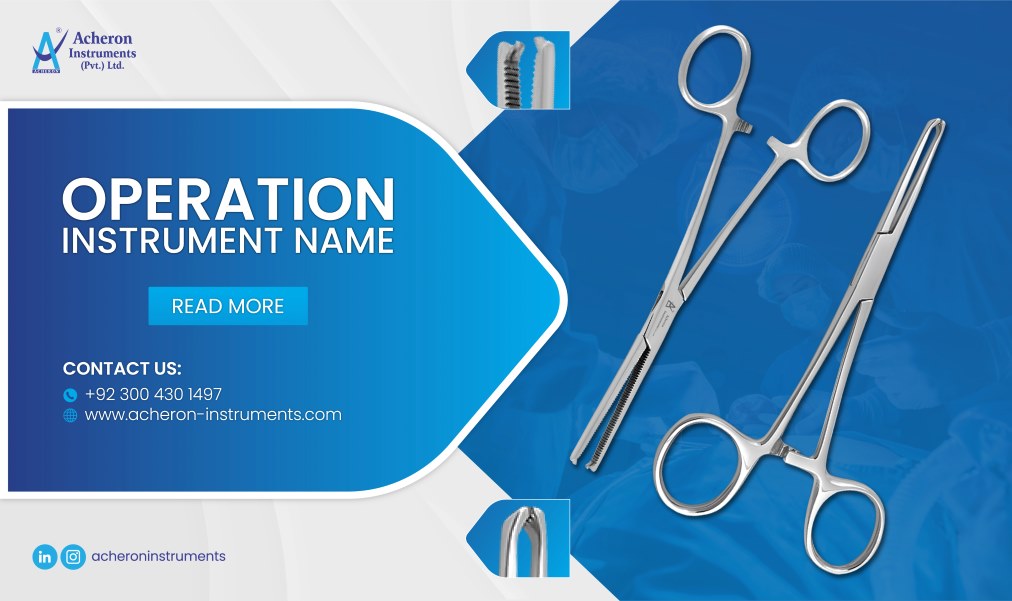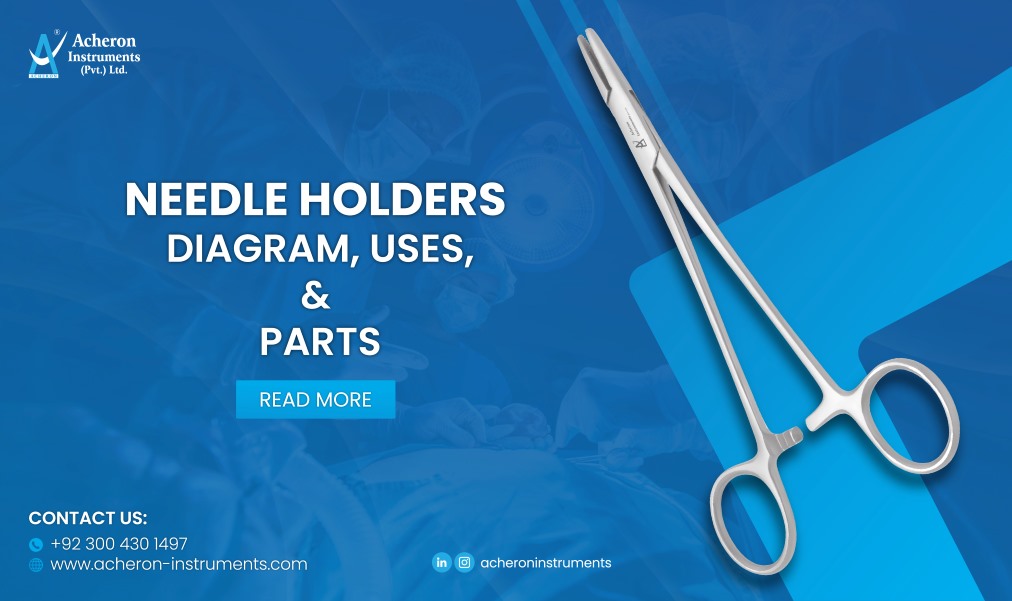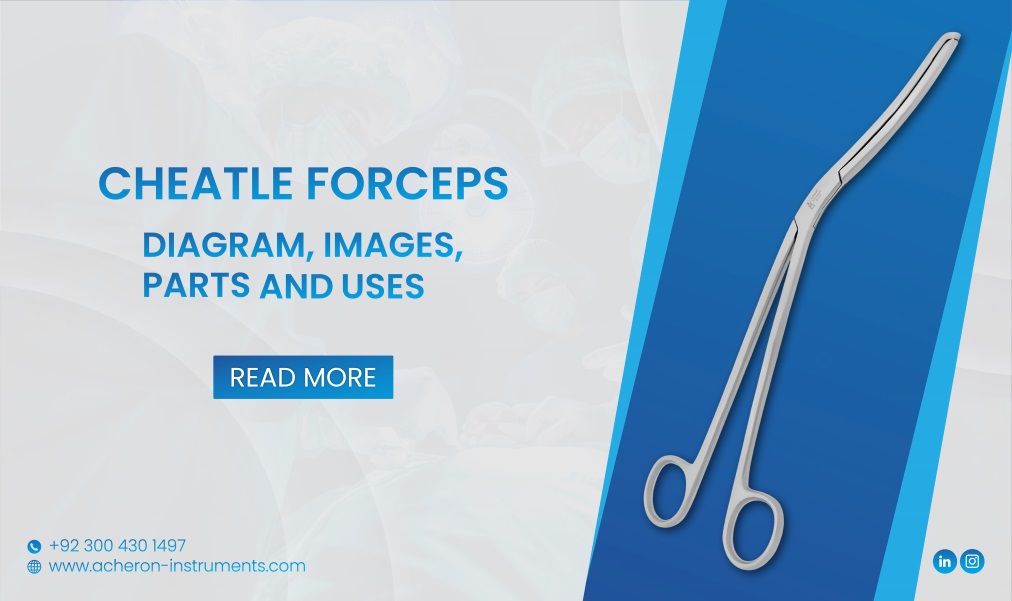In surgical procedures, the precision and reliability of instruments play a critical role in ensuring successful outcomes. Metzenbaum scissors stand out among the array of specialized tools for their unique design and functionality. These scissors are specialized for delicate soft tissue dissection and act as a staple sometimes during various surgical procedures. In this article, we are going to explore history, design, and uses and highlight their indispensable role in surgeries.
History of Metzenbaum Scissors
The history of Metzenbaum scissors lies in the 1900s when Myron Metzenbaum identified the need for soft tissue dissection scissors. His vision was to create an alternative to large scissors for soft tissue dissection ensuring enhanced control and precision.
He attained American Board Certification in Otolaryngology in 1910 and started working for his mission. Soon he introduced light-weight scissors, suitable for small hands, and were used instead of large scissors during Tonsillectomy. Moreover, his scissors featured slender blades, sharp tips, and curved handles for ease in navigating through the tissues.
Design and Anatomy
Metzenbaum Scissors are essential and specialized instruments for soft tissue dissection, acting as a staple in today’s surgical procedures. They feature blades, shafts, handles, and box lock joints. Let’s discuss their design and anatomical properties:
Blade Structure
Metzenbaum scissors feature slender and sharp blades either curved or straight with blunt tips. They allow precise cuts with minimal tissue trauma to the surrounding tissues. The curved blade variant is useful for deep cuts.
Length
The scissors come in different lengths ranging from 5-7 inches making them versatile. For deeper surgical fields. Long variants are useful while for providing precise control over superficial tissues, shorter variants are used.
Shaft
The shaft of these scissors is longer than the blades for extending the reach into the surgical site. They are designed so, to manipulate tissues in confined spaces without compromising precision.
Handle
The handles of these scissors are ergonomic, ensuring comfort and fatigue-free performance by surgeons during prolonged surgeries. These are ring handles that ensure a secure grip and their length maintains the overall balance of the instrument.
Joint
These scissors contain a box lock joint for smooth opening and closing of tips. Joint ensures precision in tissue dissection with the minimal risk of misalignment during the procedure.
Material
The scissors are made from high-grade stainless steel known for their durability, corrosion resistance, and ease of sterilization. Some variants may be coated with tungsten carbide for enhanced sharpness and longevity.
Primary Uses of Metzenbaum Scissors
Metzenbaum scissors are primarily designed for soft tissue dissections but they have other uses in surgeries as well. Let’s discuss some primary uses:
- Cutting dressing materials or bandages just like normal scissors
- Helps surgeons to work efficiently for deep tissues
- Aids surgeons in opening tissues in preparatory anatomy
- Cutting drains and sutures
- The delicate design provides fatigue-free performance
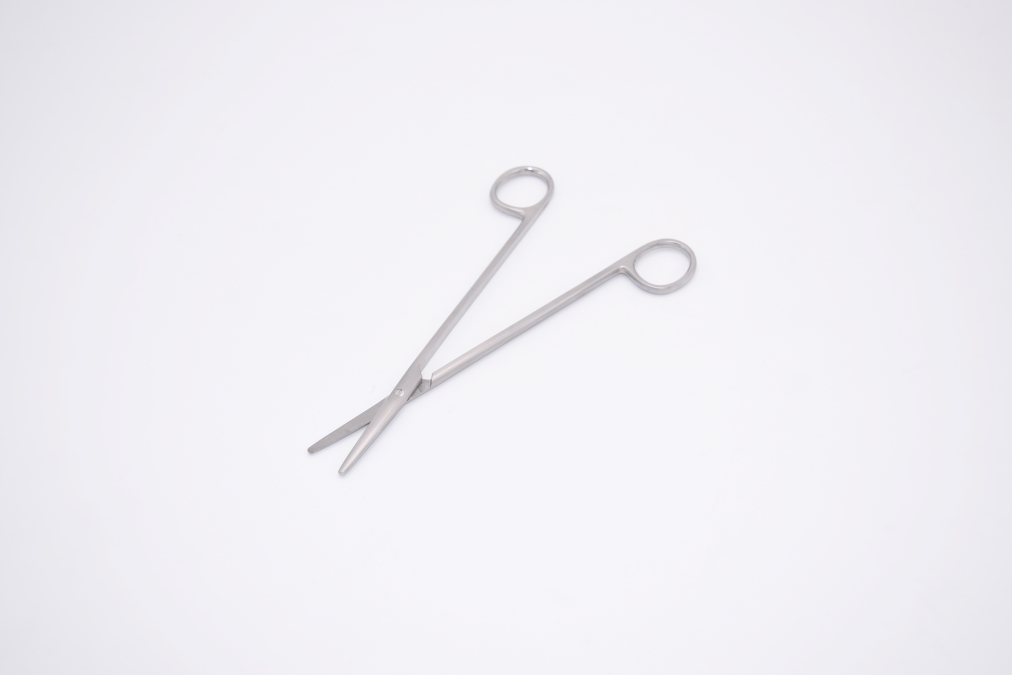
Applications of Metzenbaum Scissors
Metzenbaum scissors have a wide range of applications in the field of surgery. Let’s list some applications:
General Surgery
The sharp and curved blades of these scissors allow surgeons to navigate through delicate tissues in general surgeries. The general surgeries include abdominal surgeries, appendectomies, and hernia repairs.
Plastic and Reconstructive Surgeries
The scissors have slender blades and sharp tips that enable precise cutting and shaping. Plastic surgeons rely on Metzenbaum scissors during procedures like facelifts, breast augmentation, and rhinoplasties.
ENT (Ear, Nose and Throat) Surgeries
The scissors help in ENT procedures involving delicate tissues of the head and neck. These procedures involve dealing with blood vessels, nerves, and soft tissues that require precise cutting and dissection. The precision is crucial in surgeries such as tonsillectomies, sinus surgeries, and other intricate ENT procedures.
Gynecology
The scissors play a vital role in gynecological procedures including hysterectomies and ovarian cystectomies. Their curved design allows better access to the pelvic region while their sharp blades enable precise dissection with reduced risks.
Cardiothoracic Surgery
In cardiothoracic surgeries, these scissors are used for delicate tissue dissection and vital structures such as the heart and lungs. The scissor’s curved blades or sharp tips enable surgeons to navigate through intricate anatomical structures with precision and control.
Neurosurgery
In neurosurgery, Metzenbaum scissors are crucial for delicate dissections in the brain and spinal cord. They prevent damage to intricate and delicate neural tissues with their refined and unique design. They are often used in surgeries to remove brain tumors, repair brain injuries, and relieve pressure on the spinal cord.
Variants in Metzenbaum Scissors
Different variants of Metzenbaum scissors are available to support various needs. There are standard straight and curved variations available. Some of them have tungsten carbide inserts. The standard length of these scissors ranges from 5’’ to 14 ½ ‘’. Some of the variants are listed below:
Curved Metzenbaum Scissors
These scissors feature curved and blunt tips for better access to the deep tissues for precise cutting.
Metzenbaum Scissors Straight Left Hand
These scissors have straight blades designed for left-handed surgeons. They are ideal for the precise cutting of delicate tissues.
Metzenbaum Gum Scissors
They are specialized scissors for dental or oral procedures for cutting and dissecting soft gum tissues.
Metzenbaum Scissors Curved SuperCut 7 inches
The 7-inch scissors contain supercut curved blades for enhanced sharpness and precision. They allow smooth dissection in intricate areas.
Metzenbaum Scissors Tungsten Carbide Straight
These scissors feature straight blades with tungsten carbide inserts and offer superior durability and a sharp cutting edge. These scissors are ideal for long-term use.
Proper handling and Technique
Metzenbaum scissors are efficient and versatile tools but their improper use can cause severe consequences like tissue damage. Therefore, proper handling techniques should be learned first for the right use. Let’s discuss some things that must be kept in mind while using these scissors:
Guidelines for Optimal Use
Following guidelines must be followed for the right use:
- Hold them gently but firmly to maintain control.
- Use the tips for precise cutting when working with delicate tissues.
- Always cut with smooth, steady motions to avoid tearing the tissue.
Safety Precautions
Here are some recommended safety precautions before use:
- Ensure the scissors are sharp and clean before use to avoid slippage or incomplete cuts.
- Please don’t use them on bones and larger tissues for which they are not designed.
Common Mistakes to Avoid
Here are some common mistakes that must be avoided to prevent tissue damage:
- Avoid using too much force to protect the scissors and the tissue from damage.
- Please don’t use for cutting materials such as gauze or tissues like bones and larger tissues for which they are not intended.
- Don’t use the scissors if they are loose or damaged so as not to compromise on surgical precision.
Consideration Factors
When selecting Metzenbaum scissors, one must consider some factors for choosing the right instrument. Here is what factors must be considered:
Quality and Brand Reputation
Quality is the first factor that must be considered when choosing any surgical instrument. We must consider those brands that offer high-quality surgical instruments ensuring durability and corrosion-resistance.
Size and Type Based on Surgical Needs
Selecting the right type and size is essential for choosing the right surgical instruments. The right size and type of instrument ensures precision and surgical excellence by avoiding any potential complications.
Cost Considerations
Cost is a very significant factor when choosing any instrument but quality should not be compromised at any cost. One must choose a brand that provides surgical instruments at competitive prices without compromising on quality.
These are the factors that must be considered when choosing the right surgical instrument. Acheron Instruments is one of the best surgical instruments manufacturers in Pakistan who provides high-quality surgical instruments at cost-effective prices. Our surgical instruments are crafted from high-quality stainless steel ensuring durability and corrosion resistance.
Conclusion
Metzenbaum scissors are versatile surgical tools specifically designed for soft tissue dissection. Their efficiency and precision make them indispensable but must be used properly for the tissues they are intended for. Their different variants are available to meet the intended surgical needs. Acheron Instruments is the leading surgical instruments manufacturer company that provides high-quality stainless-steel instruments at competitive prices. Discover more about surgical scissors on our site and ensure your practice is equipped with the best.

